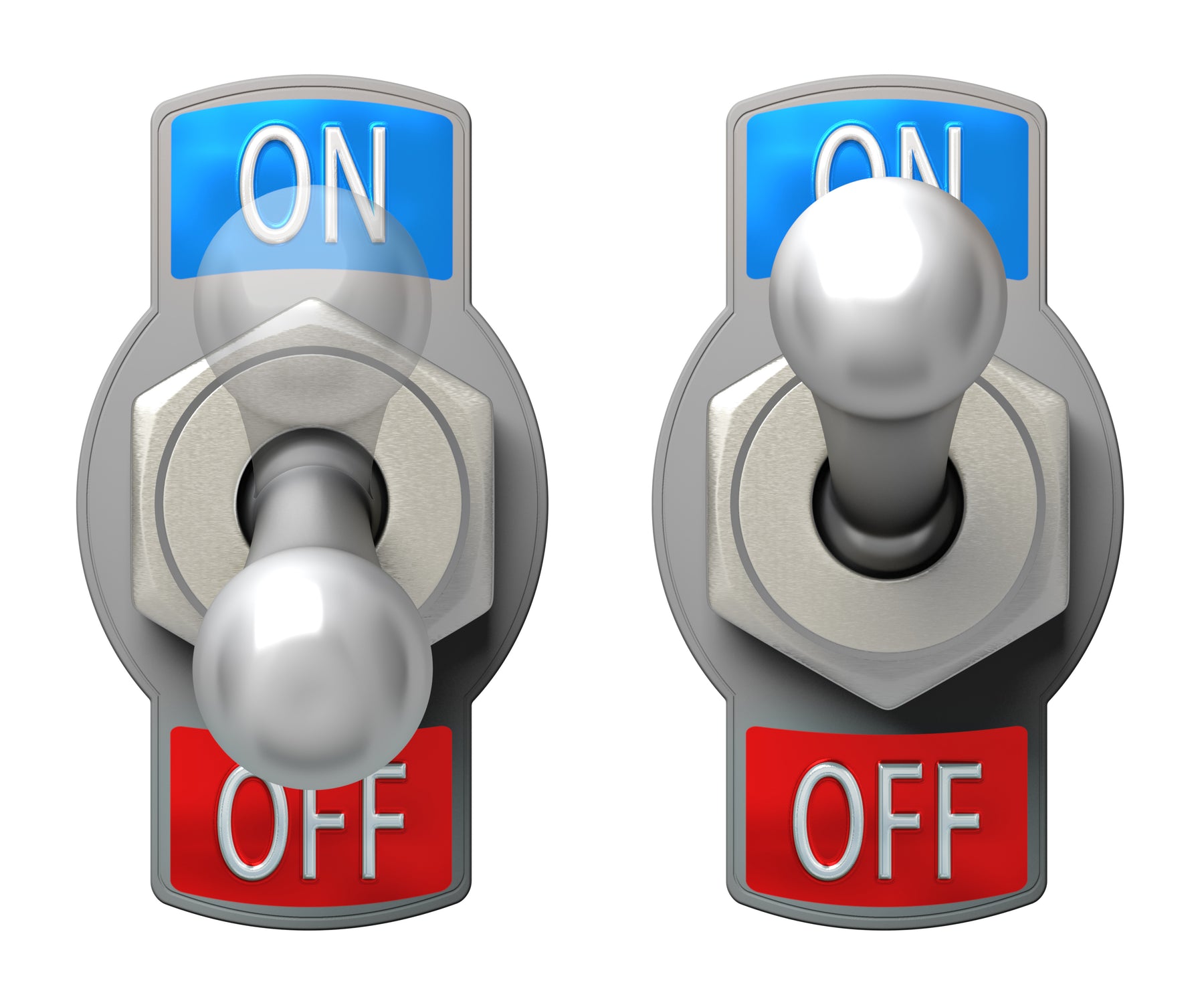
Latching vs Momentary Switches
When identifying and choosing a switch one of the most important choices is whether you require a latching or momentary switch. Momentary switches are sprung and only make/break the switch contacts whilst the actuator is operated, the actuator springs back to the original position once it is released. Latching switches on the other hand are not sprung and will stay in the switched position even when the actuator is released.
How can I identify if a switch is momentary or latching?
Identifying if a switch is momentary or latching is very easy, you just need to operate the actuator and see if it sprung (momentary) or stays in the switched position (latching). It is fairly common for the spring to break on momentary switches, which may make it harder to identify. In this case you can check the part number of the switch to see if you can find identify its characteristics using the switches datasheet. You can also analyse the application of the switch to determine whether it requires a momentary or latching switch. We have listed a few common applications below for both style of switches.

How are both switches written?
You can determine whether the switch is momentary or latching by how the switch operation is written. A momentary switch will often have brackets for the momentary position, whereas a latching switch will not feature any brackets. Here are a few examples below:
On-Off - this switch is latching with 2 positions.
Off-(On) - this switch is momentary in the (on) position and will spring back to the 'off' position when the actuator is released.
(On)-Off-(On) - this switch is 3 positions and is momentary in either direction, it will spring back to the centre 'off' position once the actuator is released.
On-(Off) - this switch is your typical 'push to break' switch and breaks the circuit when the actuator is pressed. It returns back to the 'on' position when you release the actuator.
What are common applications for both switches?
Momentary switches are particularly useful for making or breaking a circuit for a short period of time. These applications can include operating a door bell, sounding a car horn, ignition switch for an engine. All of these applications require the circuit to be 'made' only whilst the actuator is operated.
Latching switches can often be associated with providing power to a device or changing a devices setting. Common applications include a light switch, turning 'on' a computer, changing the speed of a fan. These applications all require the circuit to be permanently 'made' until switched switched again into another position.

Leave a comment